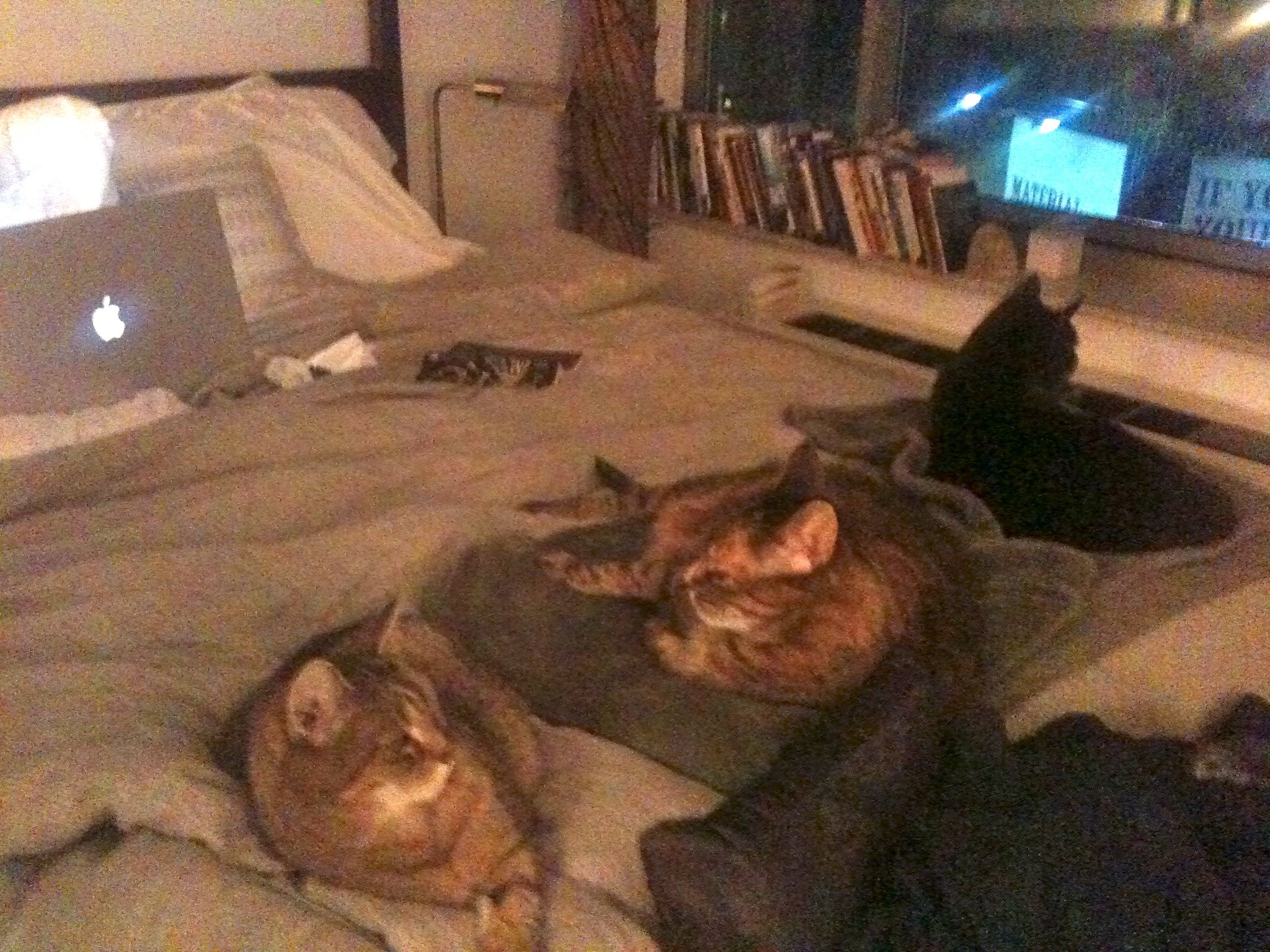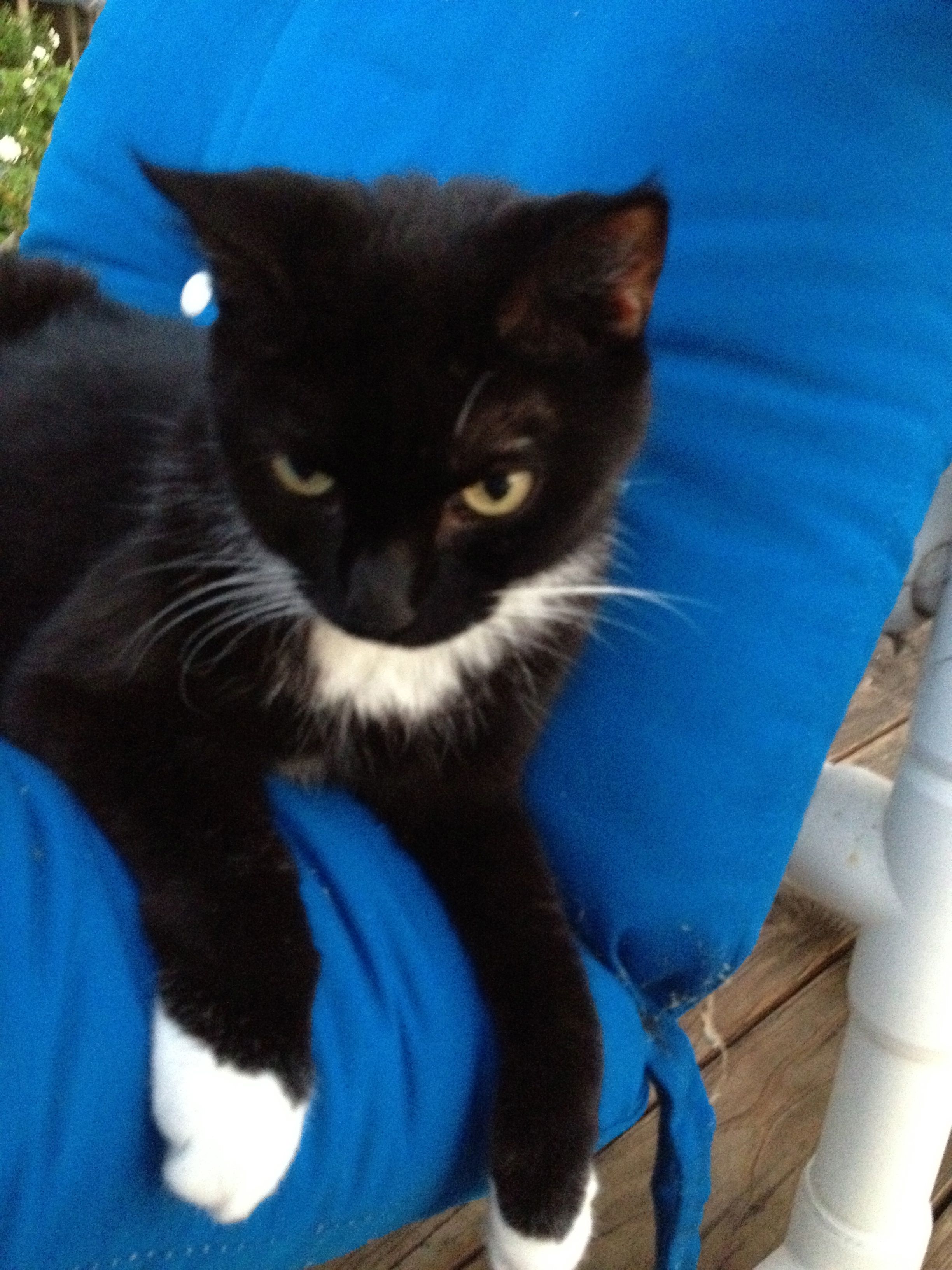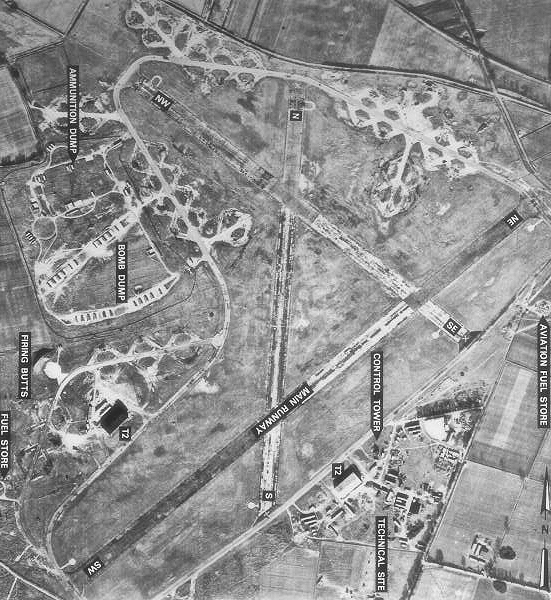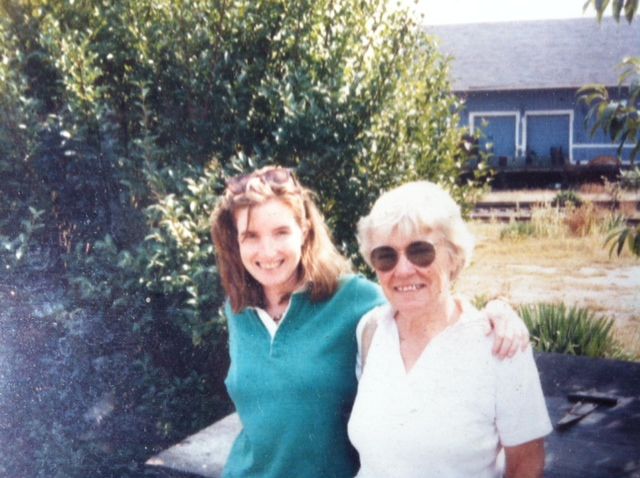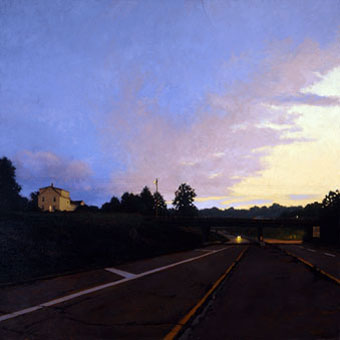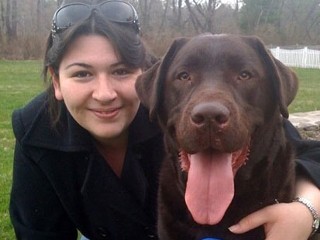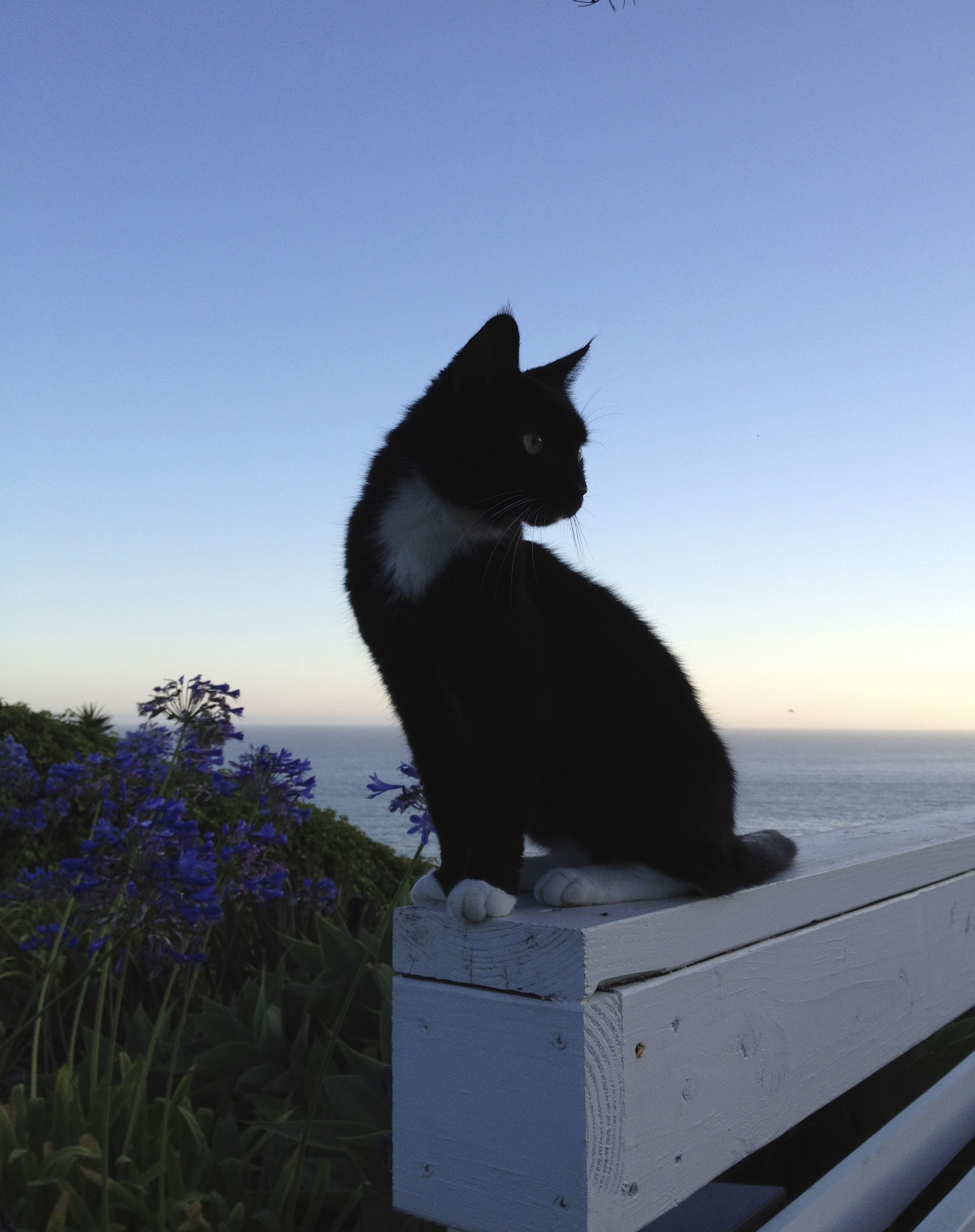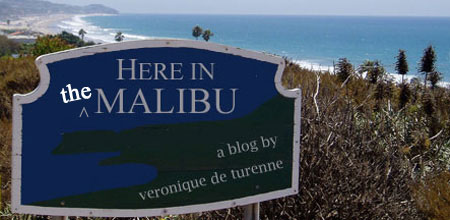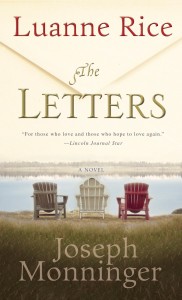 Dear Friends,
Dear Friends,
Time alone, a fresh piece of stationery, the right pen, the chance to think deeply and let feelings flow. Before I wrote novels, I wrote letters. To friends, family, people I love, people I wanted to know better. Letters turn me inside out. I’ve written letters that are truer than true. I’ve told secrets in letters. I’ve mailed letters filled with emotions so raw, I’ve wanted to dive into the mailbox to get them back.
The Letters, a novel written with one of my oldest and dearest friends, Joe Monninger, is out in paperback on August 28th. It’s filled with real-live letters between characters we created. Writing them startled and thrilled me. I can’t wait for you to read them.
Here is more about our friendship and writing process:
JOE AND ME
We met in 1980 at a café on Thayer Street. I’d answered his ad in the Providence Journal. He was a professional writer and for a fee would critique work. I was burning to be published. He was married to a woman in the Brown writing program. I’d been married for two months to a just-graduated lawyer. We were all so young.
His name is Joe Monninger, and sitting at Penguins, he read my stuff. I gave him a short story about three sisters whose father caroused with ladies of the town. He showed me a story about a boy fishing with his dad, getting the fishhook caught in his palm. His dad took it out, and the boy didn’t cry.
Instead of charging a fee, Joe invited my husband and me to dinner. He and his wife lived on Transit Street, the top floor of a three-family house, under the eaves. Bookcases lined the crooked stairs. Joe’s office was on the landing, dark and cozy, no window. His wife covered her typewriter with a pair of his boxer shorts. She made boneless chicken breasts, bought from the chicken man who drove around Fox Point playing “La Cucaracha” on his horn, and she pounded them flat on the kitchen floor between sheets of wax paper with an iron skillet while we watched.
We had dinner often. We drank scotch and told stories about our families and the dark side of nature. Joe and I loved shark stories, and collected them. We’d act out skits, our own form of improv. “Be a couple at the prom,” I’d say, and Joe and his would shyly dance. “Be Mim at the gift store,” they’d say, and I’d act out my grandmother being outraged at the price of a ceramic eggplant.
After dinner, they’d walk us down to the street. Passing the bookcases, they’d grab volumes, press them into our hands. Many of those books were biographies or collected letters: Carson McCullers, Virginia Woolf, Maxwell Perkins, Hemingway. I’d take the books home and get lost in writing lives.
Fast forward: time went by, and our first marriages ended. Joe and I remained friends along the way. We wrote to each other, knowing how important our connection was: we had witnessed each other’s youth. We had known each other’s first loves. We knew the sources of each other’s writing, inspiration, fishhooks.
One day we had an idea. I can’t remember whether it was his or mine. But we decided to merge two of our great loves from the early days: literary letters and acting out scenes. What if we took on personas? Became characters? We would write about people on the verge of divorce—we’d both been there. We’d incorporate nature and art. We needed names.
I became Hadley, after Hemingway’s first wife. He became Sam, because I wrote him he had to have a short, punchy name like “Joe.” Our last name is West, in honor of Tim West, a surfer from Half Moon Bay, who survived a great white attacking his board at Maverick’s one December day.
We wrote letters in character. And The Letters, our novel, took shape.
We had a son, Paul, our good, beautiful boy, who dropped out of Amherst to go teach the Inuit in an Alaska village, and who died. Our marriage couldn’t survive his death. Our desolation and grief and love and rage streamed into our letters. Hadley went to Monhegan Island off the coast of Maine, to try to quit drinking and start painting again. Sam flew to Alaska to search out the site where our boy died.
Even now, we find it hard to believe we don’t have a dead son.
Joe and I never spoke on the phone, never saw each other, not even once during the process. We never discussed or planned what would happen, how the story should unfold. The writing had its own life, the writing was all.
Life is full of mistakes and kindnesses, and what love can’t heal, fiction can.
And I love Joe. He’s my writer friend, the one who knows me best, who knows where the bodies are buried, and who tells me about sharks. We wrote The Letters. And we’ll keep writing.



